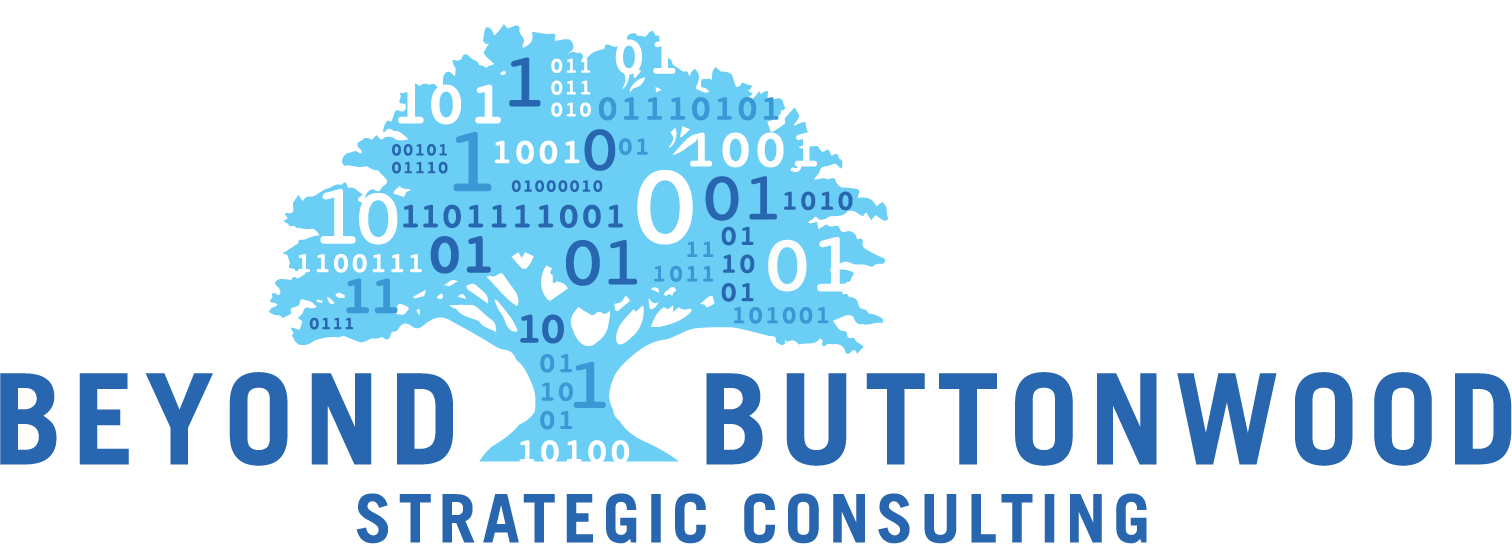Let's remember that there are more types of AI than just generative
With all the hype around ChatGPT and growing mainstream awareness it is important to maintain situational awareness to help you and your company identify and focus on the technologies that will most effectively aid your business.
Are generative AI, ChatGPT, OpenAI, etc. the only paths to incorporating AI (and ML) technology into your products and services? No. Are they essential in differentiating your products and services? Also, no.
Generative AI (most widely known through ChatGPT) is merely the next phase in a long history of machine learning(ML) and artificial intelligence technologies. Executives, senior management and product strategists can and should not lose sight of the existing technologies to ensure that their products and services are competitive while also meeting the needs of your clients.
There already exist many resources to determine the history1 and lineage of ML/AI solutions. Today we want to briefly highlight the differences between generative AI and more traditional (predictive) analytic AI.(For a more in-depth look at the differences between these two technologies we suggest 2)
-
(Predictive) Analytic(s) AI: This is form of AI has been existence for decades and has increasingly been a component of corporate technology strategies since 2010. With predictive analytics companies are employing machine learning algorithms, data mining and data aggregation techniques to aid in predicting user activities, market dynamics or next best action. AI uses for predictive analytics in this realm can be off the shelf solutions but quite often are bespoke to meet the unique needs of a specific market. These AI solutions quite often predict a direction of market movement or user activity but were not normally known for output beyond directionality or tree node selection.
-
Generative AI: Builds on the existing ML and predictive analytics technologies to generate actual output (in the case of ChatGPT, in the form of language either spoken or code). While this ability to generate potentially useful content from inputs (user behavior, written language, or market dynamics) seems revolutionary at first there remain potential use case and output pitfalls that many could argue that generative AI is merely an evolution of existing technologies.
Is your leadership team, strategy team or product team wondering how you can leverage new and existing AI and ML technologies to grow market share, reduce costs and grow revenue? We can help you assess which ML/AI solutions are good fits for your company contact us today.
